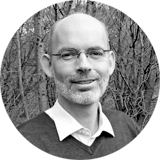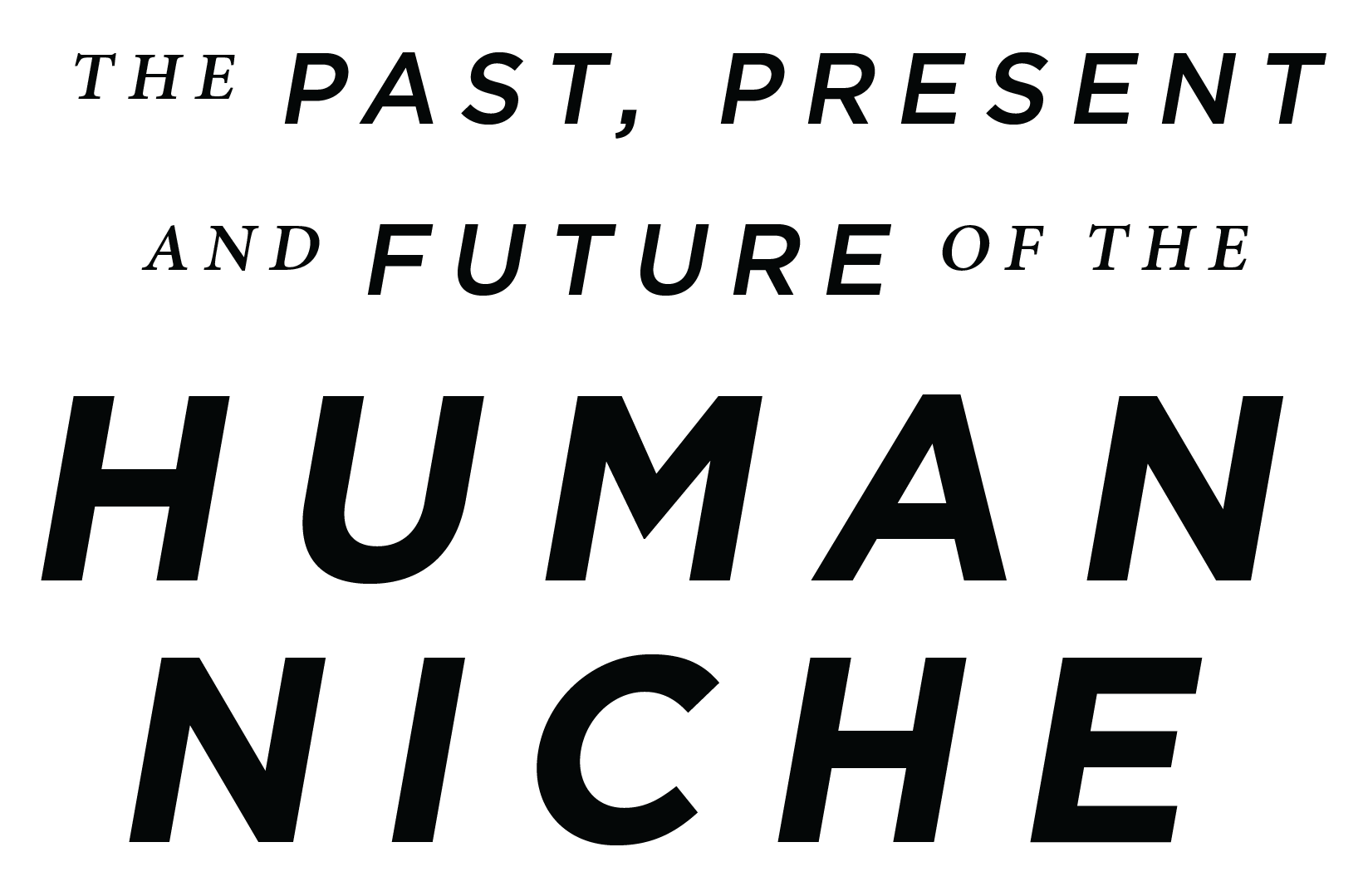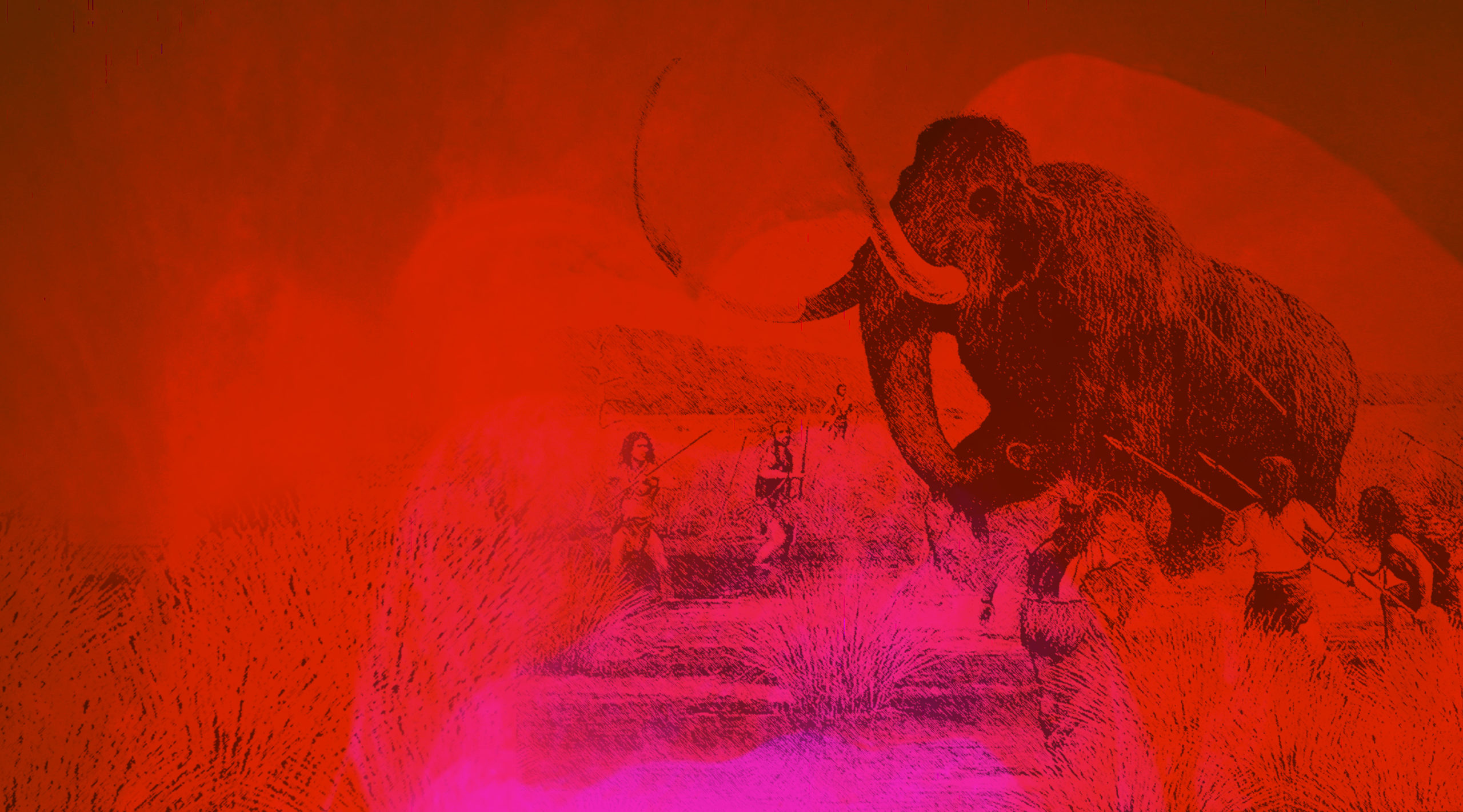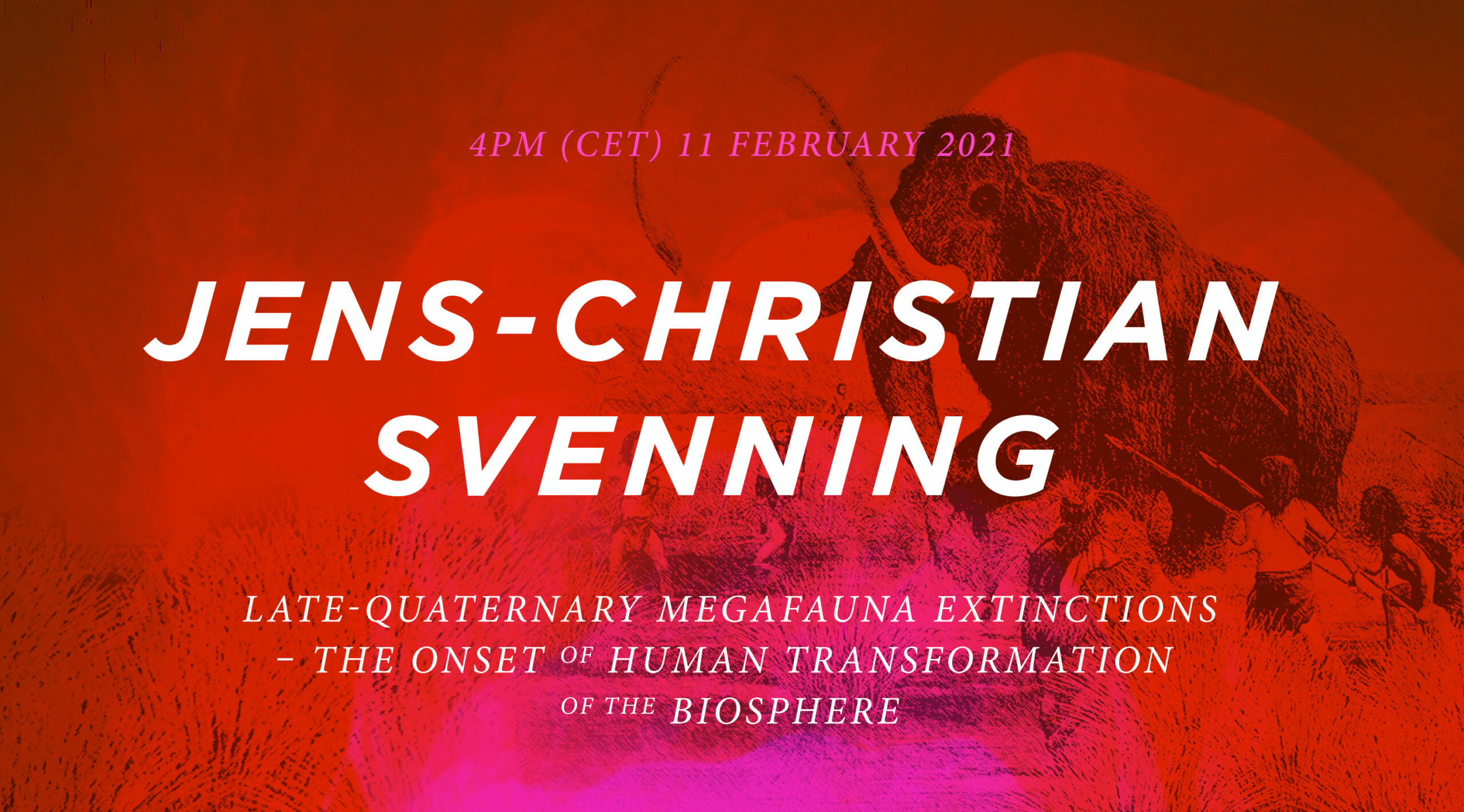For tens of millions of years until the last 10,-50,000 years, ecosystems throughout the globe harbored rich assemblages of large and very large animals (megafauna).

Prof Svenning outlines the strong global evidence that the near-global down-sizing of faunas in the late-Quaternary represents the first human transformation of the biosphere, and the ecological consequences and the implications for ecosystem restoration in the Anthropocene.
About Jens-Christian Svenning
Jens-Christian Svenning is a macroecologist and biogeographer, with strong interest in plants, animals and people across the world. Alongside basic curiosity about nature, Jens-Christian Svenning is highly motivated to contribute to help overcome the climate and biodiversity crises and promote sustainable societal development. His research includes strong foci on fundamental drivers of biodiversity, climate change impacts on biodiversity and ecosystems, and human-nature interactions from the past to the future, with strong interest in fundamental issues such as disequilibrium dynamics and top-down trophic effects. Key applied research foci include predictive modelling, the application of informatics and space-borne and other remote sensing technology to ecological and sustainability research, human dependence on and benefits from nature, and rewilding as a promising approach to ecosystem restoration.
You can follow him on Twitter.






One Comment